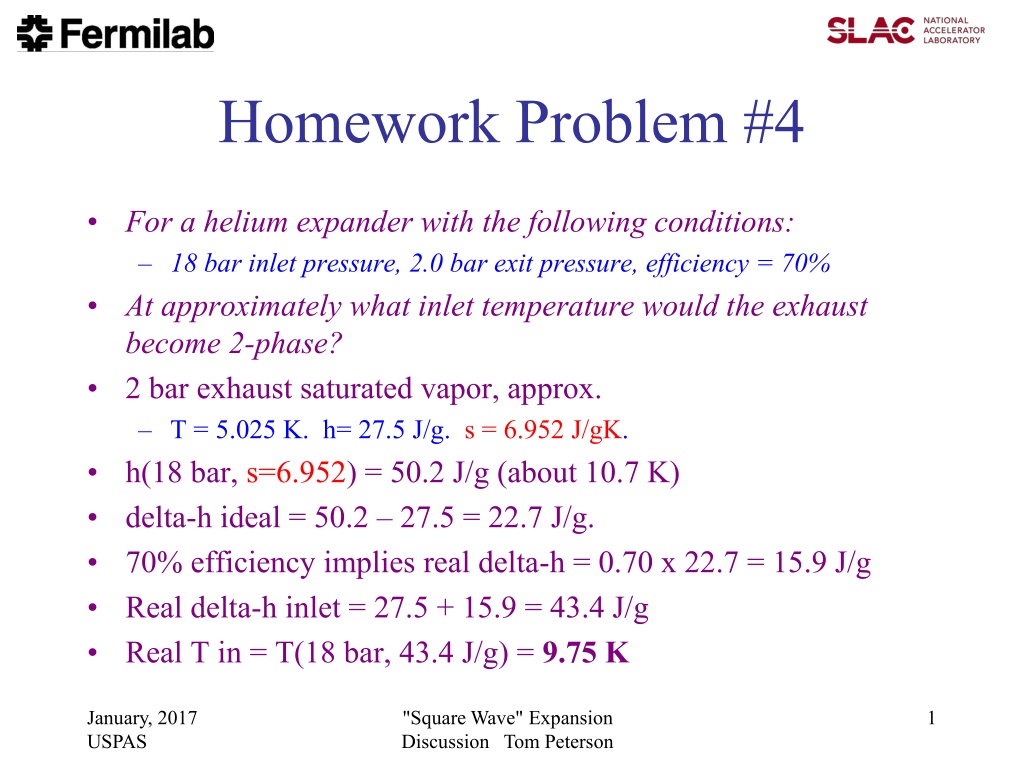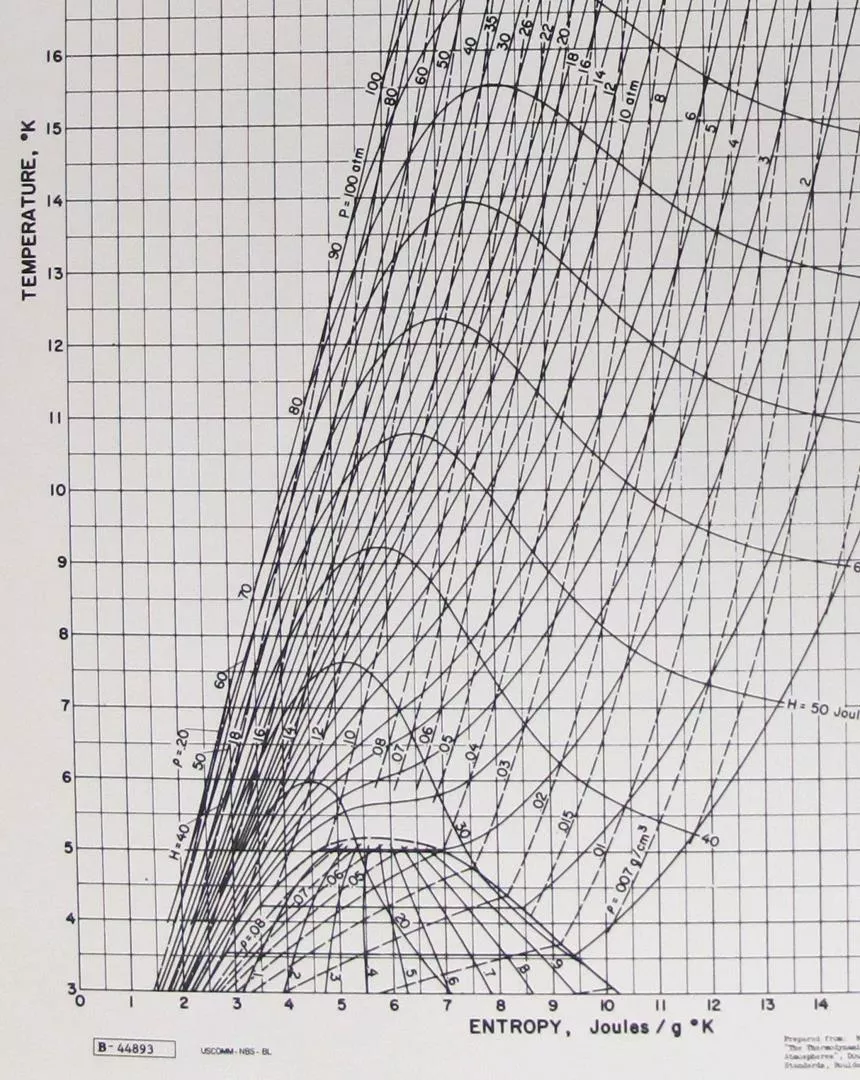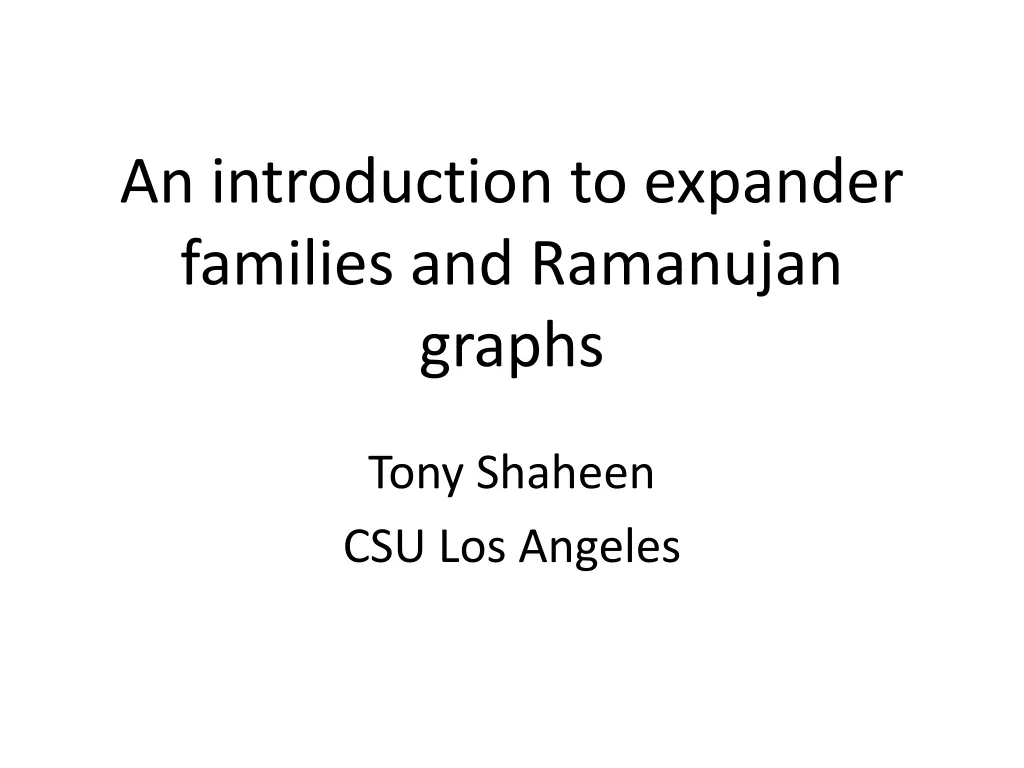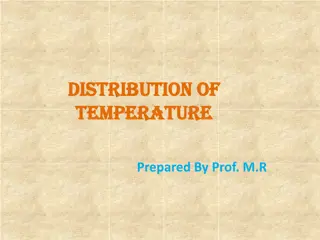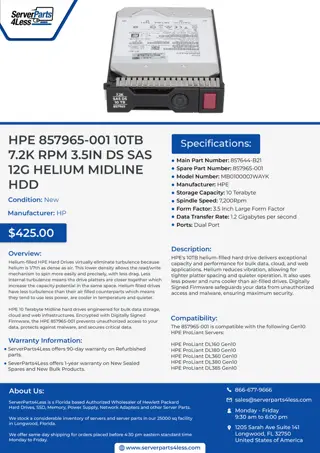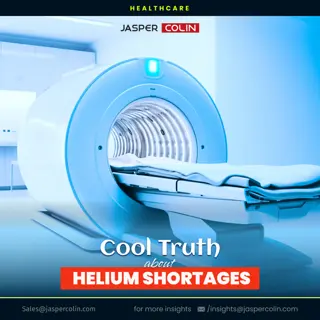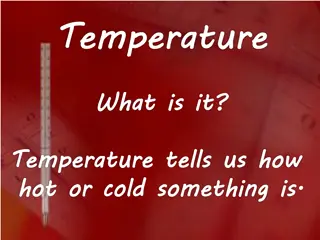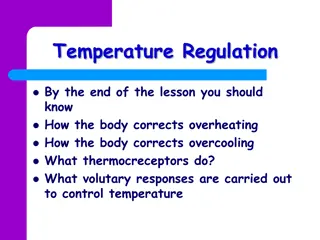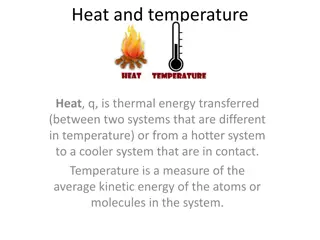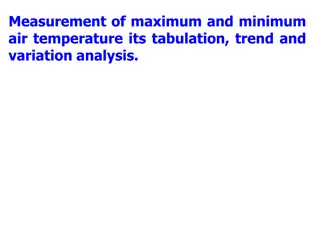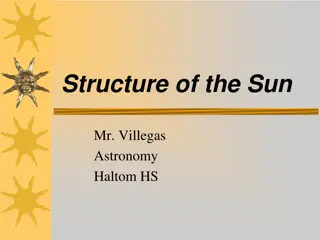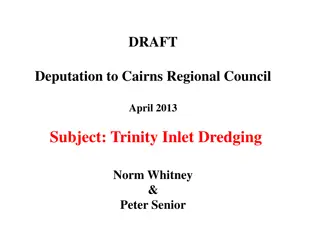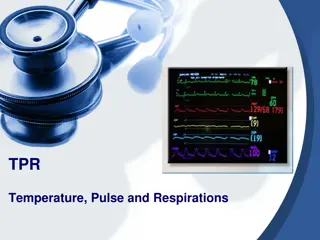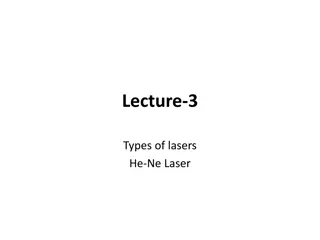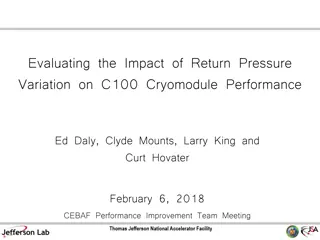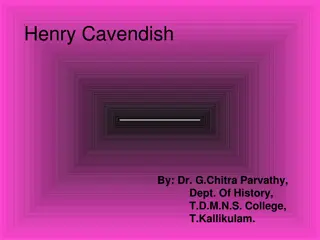Helium Expander Inlet Temperature Analysis
Analyzing a helium expander operating at 18 bar inlet pressure and 2.0 bar exit pressure with a 70% efficiency to determine the inlet temperature at which the exhaust transitions to a two-phase state. The process involves calculations based on enthalpy values and real temperature at the inlet. Experimental data and diagrams illustrating the expansion process are also provided.
Download Presentation

Please find below an Image/Link to download the presentation.
The content on the website is provided AS IS for your information and personal use only. It may not be sold, licensed, or shared on other websites without obtaining consent from the author.If you encounter any issues during the download, it is possible that the publisher has removed the file from their server.
You are allowed to download the files provided on this website for personal or commercial use, subject to the condition that they are used lawfully. All files are the property of their respective owners.
The content on the website is provided AS IS for your information and personal use only. It may not be sold, licensed, or shared on other websites without obtaining consent from the author.
E N D
Presentation Transcript
Homework Problem #4 For a helium expander with the following conditions: 18 bar inlet pressure, 2.0 bar exit pressure, efficiency = 70% At approximately what inlet temperature would the exhaust become 2-phase? 2 bar exhaust saturated vapor, approx. T = 5.025 K. h= 27.5 J/g. s = 6.952 J/gK. h(18 bar, s=6.952) = 50.2 J/g (about 10.7 K) delta-h ideal = 50.2 27.5 = 22.7 J/g. 70% efficiency implies real delta-h = 0.70 x 22.7 = 15.9 J/g Real delta-h inlet = 27.5 + 15.9 = 43.4 J/g Real T in = T(18 bar, 43.4 J/g) = 9.75 K January, 2017 USPAS "Square Wave" Expansion Discussion Tom Peterson 1
Isentropic Real Isenthalpic January, 2017 USPAS "Square Wave" Expansion Discussion Tom Peterson 2
Expansion Engine Square Wave Expansion Discussion Tom Peterson January 2017
Expansion engine cycle Work extraction 2 Work extraction 3 5 1 4 Minimal volume, intake valve opens Filling cylinder, then intake valve closes Valves closed, constant mass expansion Maximal volume, exhaust valve opens Cut-off volume, exhaust valve closes January, 2017 USPAS "Square Wave" Expansion Discussion Tom Peterson 4
Pressure trace 2 3 1 4 5 January, 2017 USPAS "Square Wave" Expansion Discussion Tom Peterson 5
Question for discussion tomorrow Square wave engine
Square wave engine illustrates an interesting thermodynamics problem Square wave engine problem Suppose intake valve is open for entire 180 degree intake stroke No closed-cylinder expansion Intake valve closes, then exhaust valve opens, so cylinder contents blow down from intake pressure to discharge pressure January, 2017 USPAS "Square Wave" Expansion Discussion Tom Peterson 7
Intake valve open 180 degrees Fill cylinder with intake valve open, then open exhaust valve January, 2017 USPAS "Square Wave" Expansion Discussion Tom Peterson 8
Square wave pressure trace January, 2017 USPAS "Square Wave" Expansion Discussion Tom Peterson 9
Square wave problem Entire intake stroke at higher pressure than entire discharge stroke Engine clearly does work, generates power But no isentropic expansion No closed-cylinder expansion of any kind Where does power come from? What gas properties change, and how? We ll discuss that tomorrow. January, 2017 USPAS "Square Wave" Expansion Discussion Tom Peterson 10
Process description 1. Filling of cylinder at full intake pressure (minus some small pressure drop, in reality) 2. Intake valve closes 3. Exhaust valve opens (both not open at the same time, not even for a few msec!) 4. Exhaust valve opening and discharging contents from higher pressure to lower pressure is called blowdown in engines January, 2017 USPAS "Square Wave" Expansion Discussion Tom Peterson 11
Blowdown tank discharge When pressurized gas is released, it does work against the constant atmospheric pressure or line pressure into which it is released January, 2017 USPAS "Square Wave" Expansion Discussion Tom Peterson 12
Energy inlet Look at the process of filling the cylinder as the piston moves up Energy at the end of the fill process is E1 = H1 P1 V1 = U1 where P1 is inlet pressure and V1 is the displacement of the piston (neglecting dead volume) We end up with a closed volume of gas with its internal energy = U1 January, 2017 USPAS "Square Wave" Expansion Discussion Tom Peterson 13
Energy exhaust Look at the process of blowdown plus displacing the gas in the cylinder The gas flows out into pressure P2, ultimately expanding to the new volume V2 After the piston has displaced the remaining gas out to pressure P2, all the gas has exited with E2 = U2 +P2V2 = H2 January, 2017 USPAS "Square Wave" Expansion Discussion Tom Peterson 14
Energy balance E1 = E2 implies U1 = H2 So the answer to the square wave engine problem regarding how the gas changed state is that the internal energy of the intake gas becomes the enthalpy of the exhaust gas Mass is constant in this example, so u1 = h2 January, 2017 USPAS "Square Wave" Expansion Discussion Tom Peterson 15
Example Suppose we had inlet helium at 18 bar, 30 K and discharged to 2.0 bar u1 = uhelium(18 bar, 30 K) = 103.5 J/g T2 = Thelium (2 bar, h = 103.5 J/g) = ~ 18 K The real expansion would result in a higher temperature due to heat inleaks, valve leaks, dead volume, etc. January, 2017 USPAS "Square Wave" Expansion Discussion Tom Peterson 16
Isentropic expansion Suppose again we had inlet helium at 18 bar, 30 K and discharged to 2.0 bar s1 = shelium(18 bar, 30 K) = 13.48 J/gK T2 = Thelium (2 bar, s = 13.48 J/gK) = ~ 12 K The real expansion again would result in a higher temperature due to heat inleaks, valve leaks, dead volume, etc. January, 2017 USPAS "Square Wave" Expansion Discussion Tom Peterson 17
Conclusion The tank-filling and tank-discharge processes do not depend on Joule-Thomson expansion but provide real warming or cooling as a result of compression or expansion of the gas The blow-down of remaining gas (not the square wave cycle but a compromise) at the end of an expansion cycle does not too severely reduce efficiency, and it has the advantage that not requiring full expansion allows the admission of more gas per stroke into the cylinder January, 2017 USPAS "Square Wave" Expansion Discussion Tom Peterson 18
